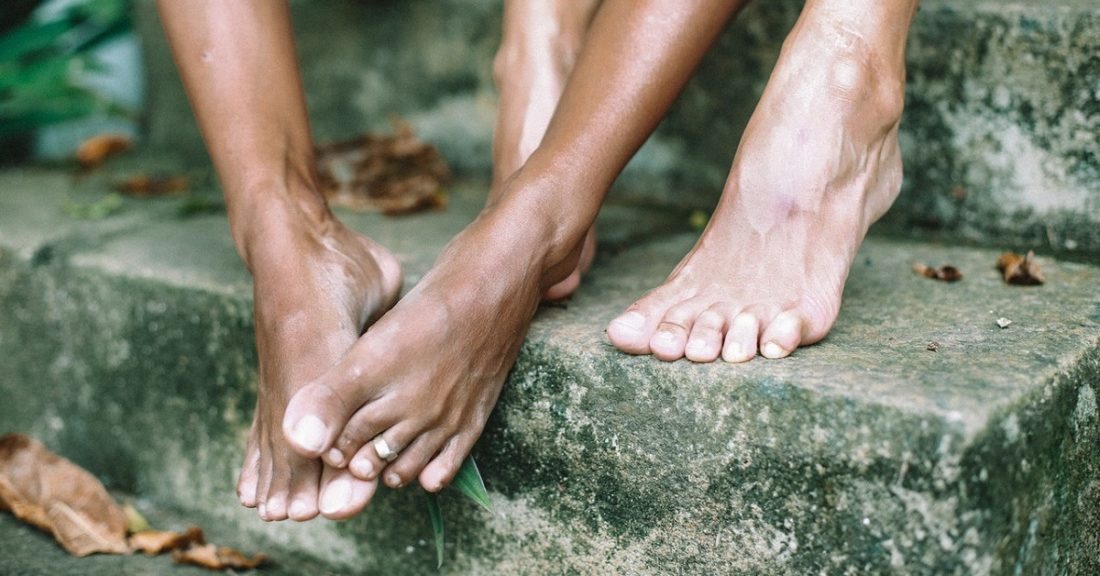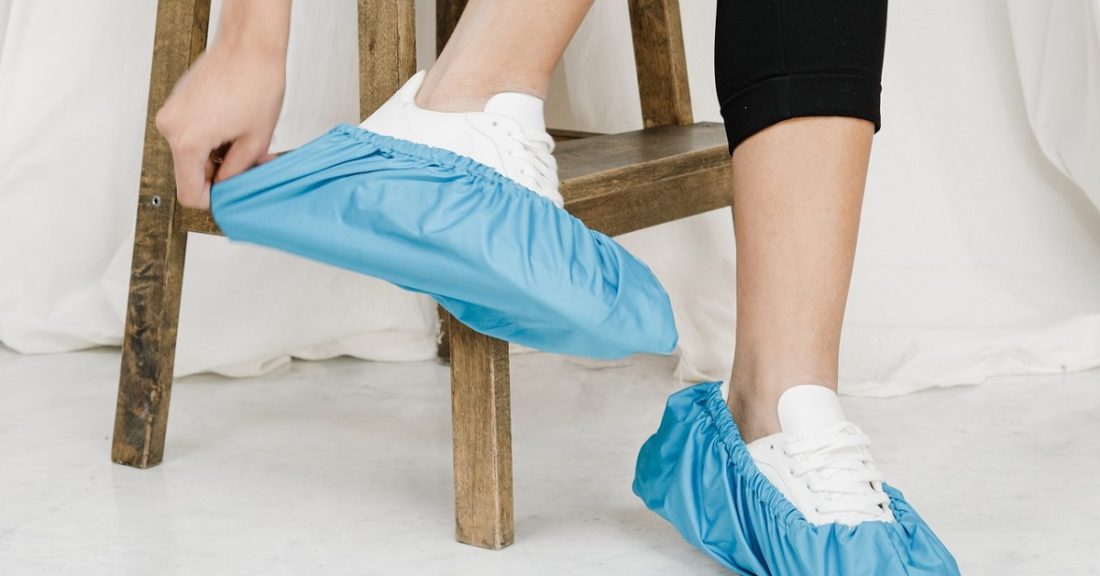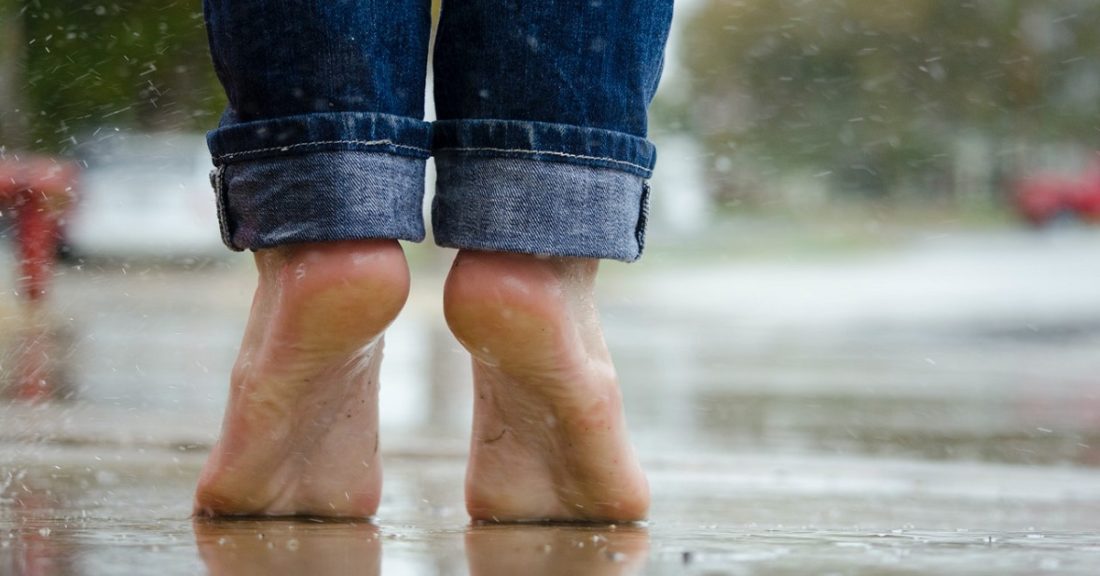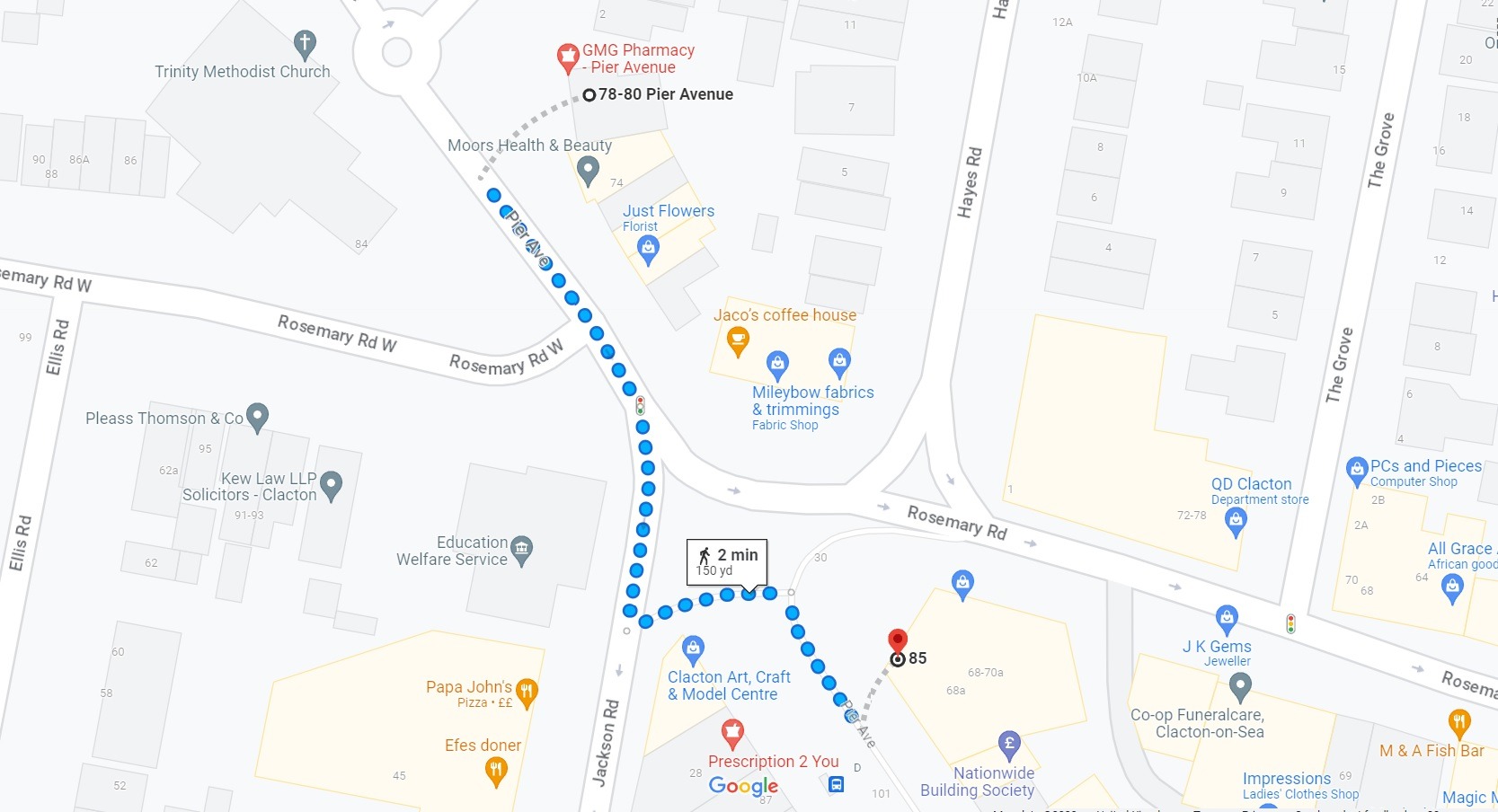What’s the Best Treatment for Foot Problems?

Our daily activities put a lot of strain on our feet, which over time causes various changes in the anatomy and gait of our feet. Which are the most frequent foot conditions that require help from podiatry near me in Colchester? Continue reading to find out.
What distinguishes a podiatrist from a chiropodist?
There is no distinction between the two terms. Both chiropodists and podiatrists are medical professionals that specialise in treating and caring for patients’ feet.
A specialist in the treatment and welfare of human feet is known by the ancient term “chiropodist,” which has been in use for many years. The word “podiatrist,” which recognises the profession’s advanced training, was just recently created, according to the Institute of Chiropody and Podiatry.

What does podiatry near me in Colchester entail?
A doctor who diagnoses and treats common foot conditions like bunions and ingrown toenails is known as a podiatrist. They can assist with conditions that affect the lower limbs too. These individuals are also referred to as chiropodists.
Podiatrists offer practical guidance on how to take care of your feet and the best types of shoes, as well as assistance with blisters, fungal toenails, corns, verrucae, cracked heels, infections, athlete’s foot, and odorous feet.
Most common foot problems treated by podiatry near me in Colchester?
Numerous factors, such as injuries and inflammation, can lead to foot problems.
1. Athlete’s foot
The most common trigger for athlete’s foot is walking in wet settings. It has the ability to spread very quickly. A fungus that typically forms between the toes causes this skin condition. The infection results in severe irritability, itching, and even pain.
2. Bunions
Wearing shoes that are excessively small or tight can result in bunions. The big toe joint develops a bulge as a result of these foot deformities. This may cause the big toe to slightly curve inward. Doctors refer to bunions as “hallux valgus.”
Women are prone to bunions due to increased pressure from narrow footwear.

3. Diabetic neuropathy (Treat it in podiatry near me in Colchester)
Blood sugar variations are far more likely to affect diabetic patients. A group of conditions known as diabetic neuropathy affects the feet as a result of the disease. Visit us today for advice on how to manage your condition.
4. Fungal toenails
Ingrown toenails become painful and infectious if left untreated. When they grow into the nail groove, this issue arises, resulting in severe discomfort.
5. Plantar fasciitis
Plantar fasciitis is the most common reason for heel discomfort. The condition manifests when the plantar fascia at the bottom of the foot becomes irritated. Supporting the foot arch is the main function of this ligament.
6. Blisters
Blisters are most common on feet that are sweaty. Nearly everyone will experience them at some stage in life because they are so common.
They frequently appear after long periods of walking or running, especially if the feet were moist or upon putting on uncomfortably fitted shoes.
Blisters are raised, liquid-filled pockets that are typically not serious. It is better to let blisters heal naturally rather than pop them. The injured area may feel better after being bandaged.
If blisters commonly form together with flu-like symptoms, talk to a pharmacist or doctor.

7. Corns
Usually found on the bottom of the foot or in the space between the toes, corns are thicker skin patches. Initially, they are usually painless. These areas develop to protect the skin and stop blisters from developing.
Corns can be a result of bunions, hammer toes, and improperly fitting shoes. Over time, they can become uncomfortable and may require treatment. Over-the-counter (OTC) medications such as Corn plasters release the corn’s pressure so that it can recover.
In some cases, surgical removal may be necessary.
8. Heel spur
Heel spurs are calcium growths that protrude in between the arch of the foot and the heel bone. Many people don’t have any symptoms, however for some people, they might be painful and inflammatory.
Common foot problems among the elderly treated by podiatry near me in Colchester
As the probability of developing chronic foot diseases increases with age, aged feet require special treatment. Just a few of the typical ailments include corns, calluses, nail issues, bunions, and hammertoes. Gout, diabetes, and arthritis are three major systemic foot illnesses that affect the elderly.
Find Your Branch Podiatry Services
This post was written on behalf of G.M. Graham Pharmacies by Pharmacy Mentor
